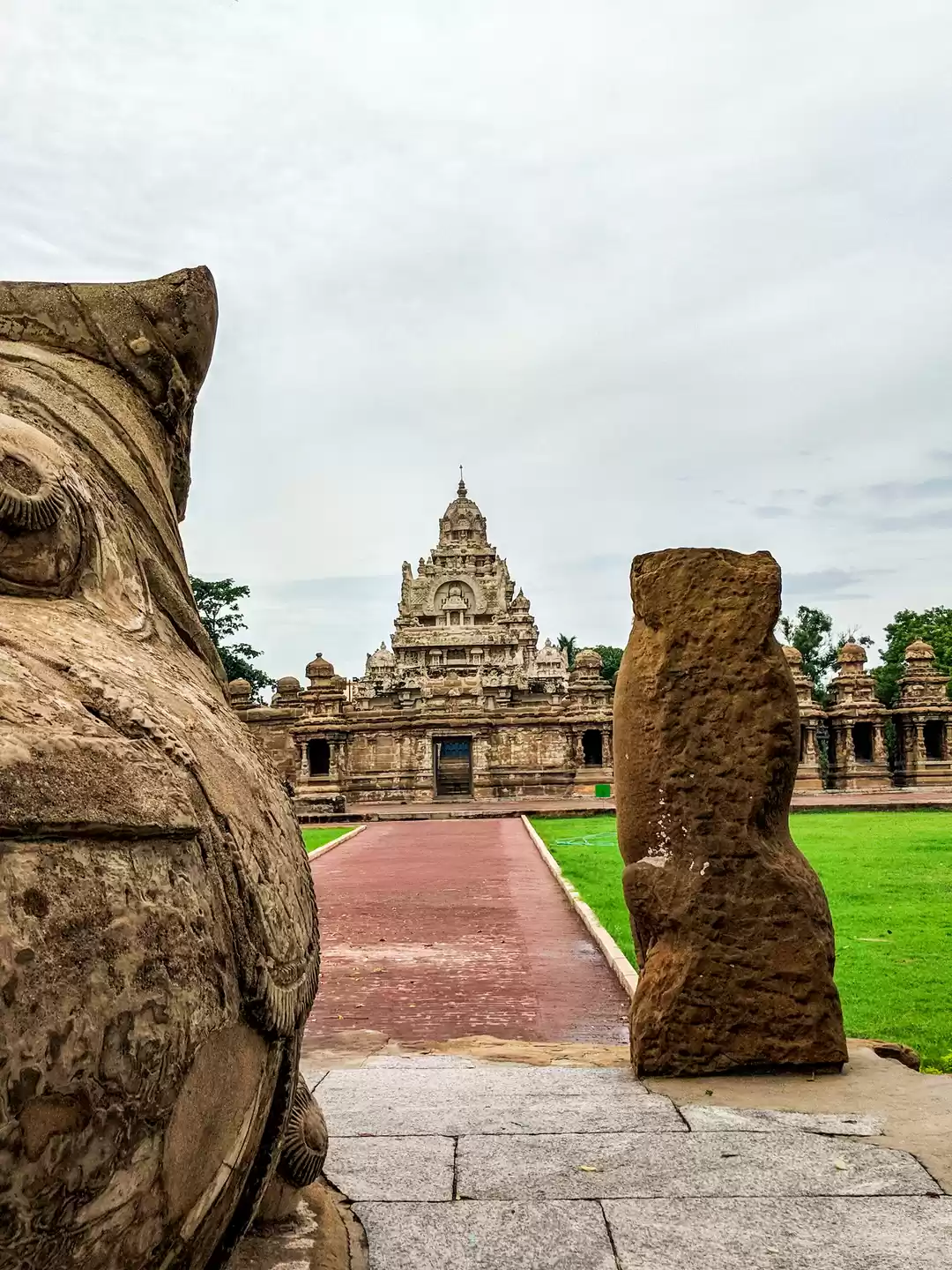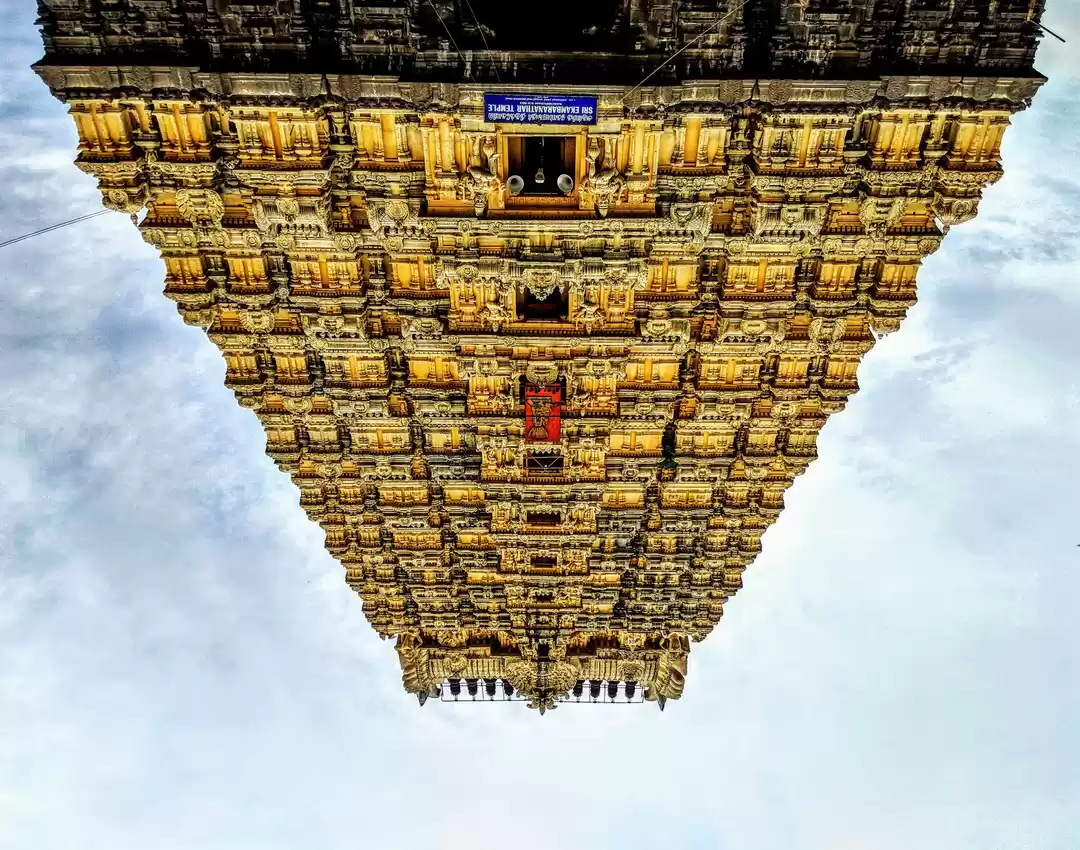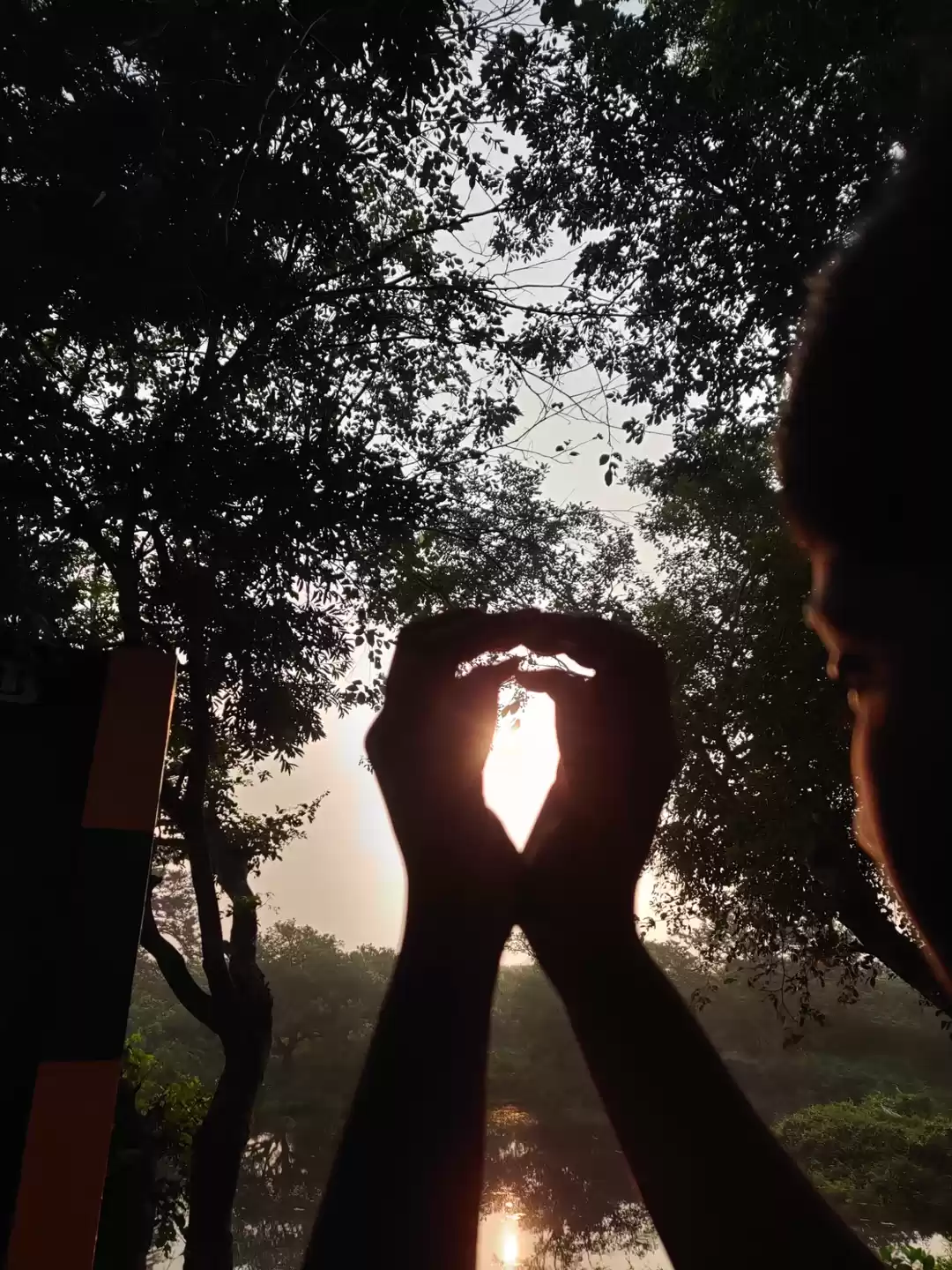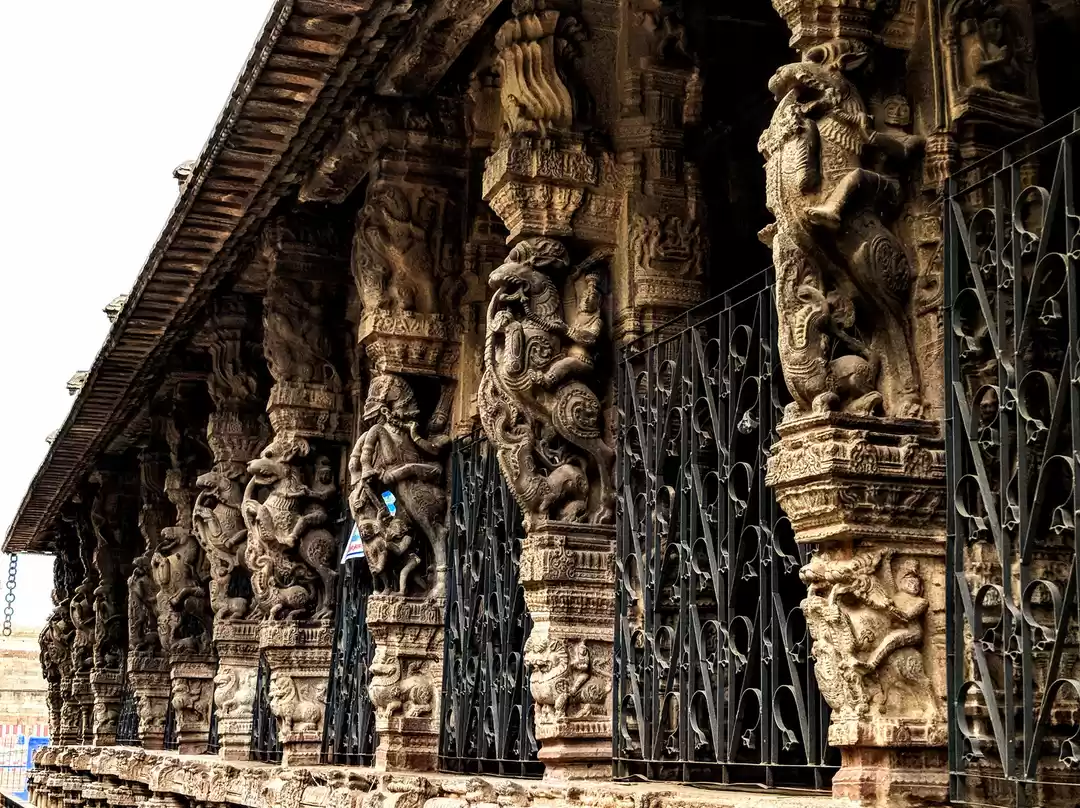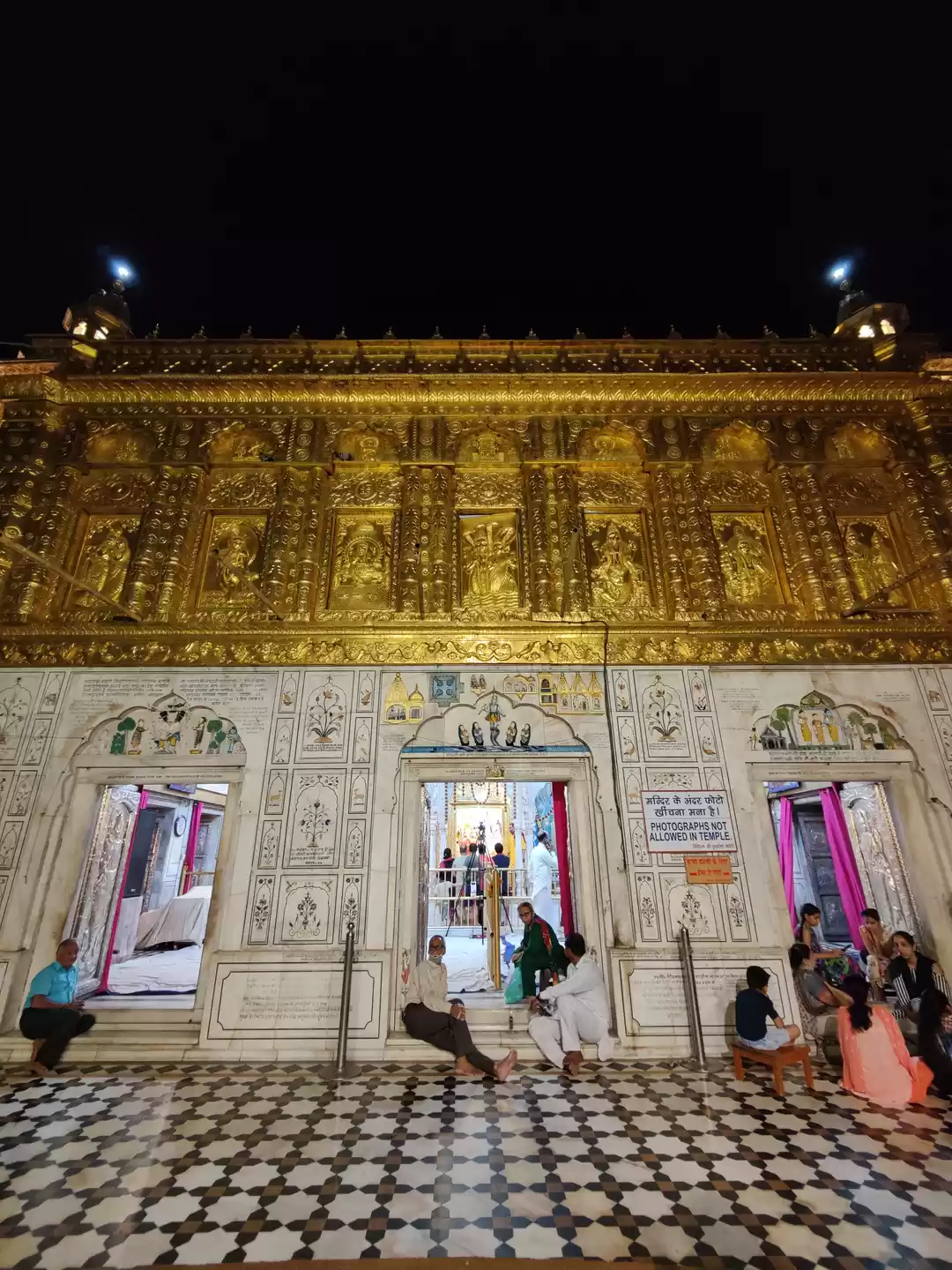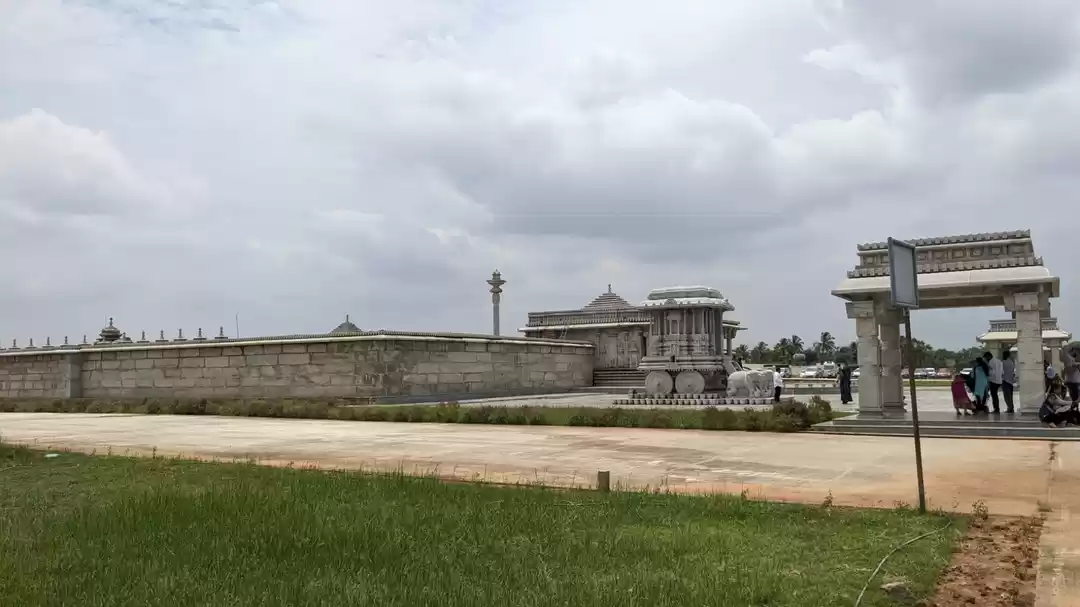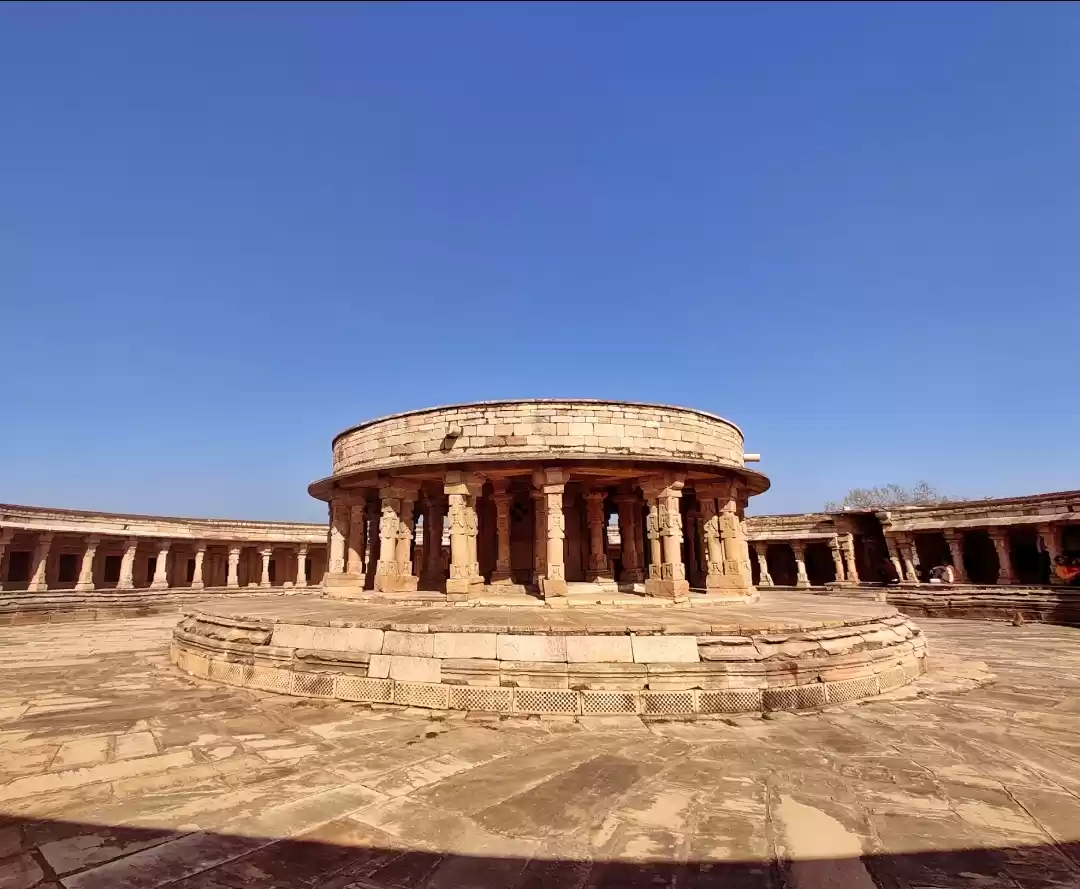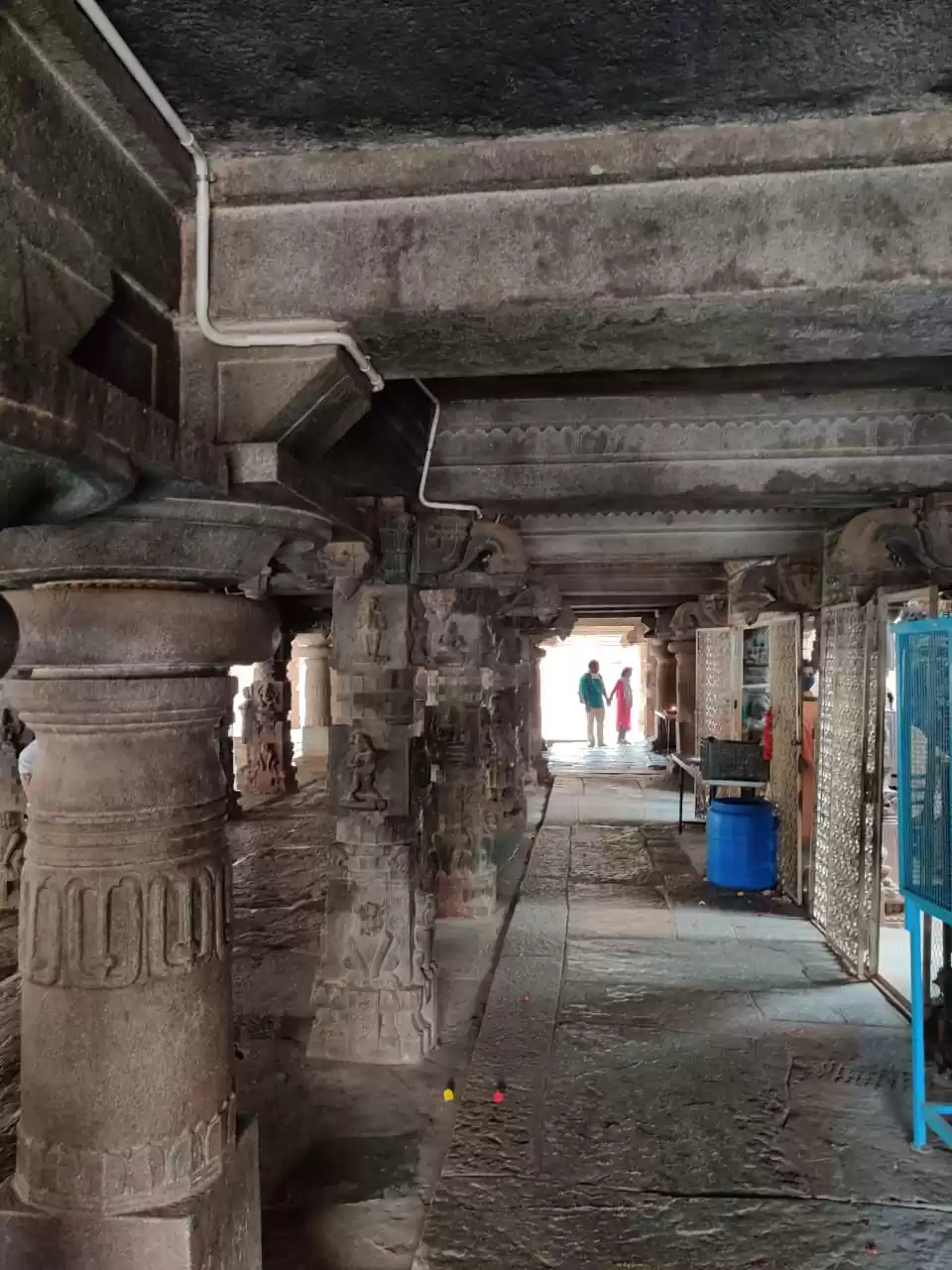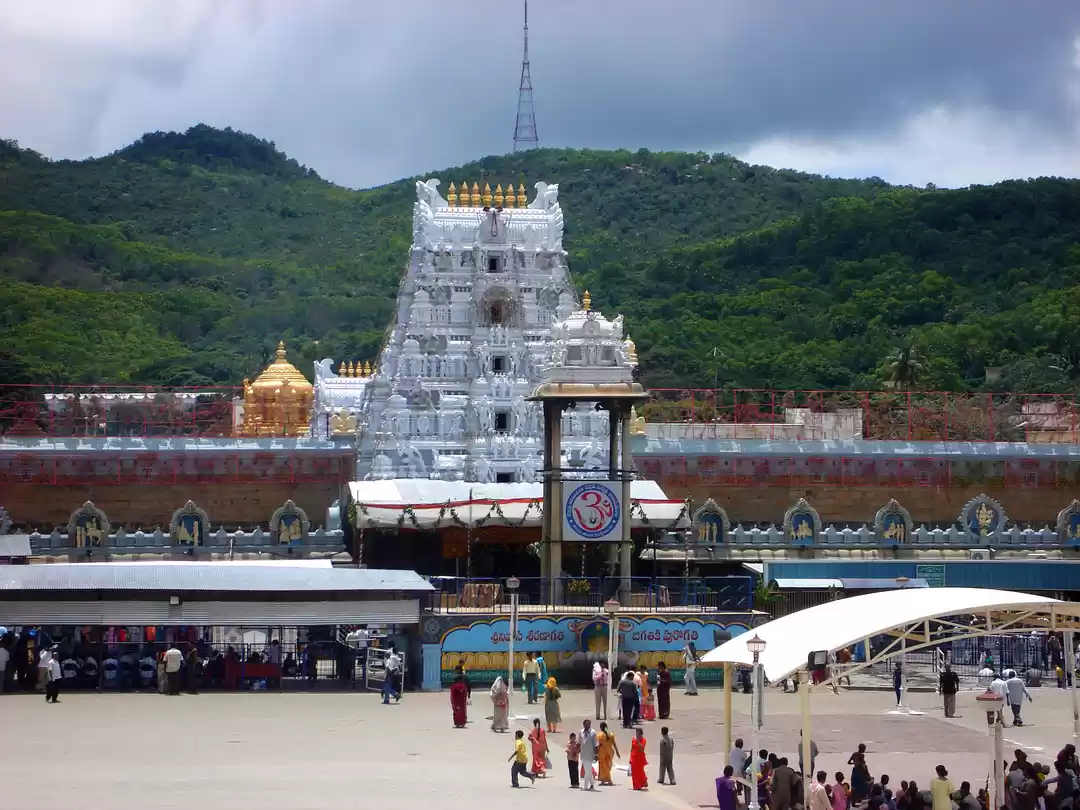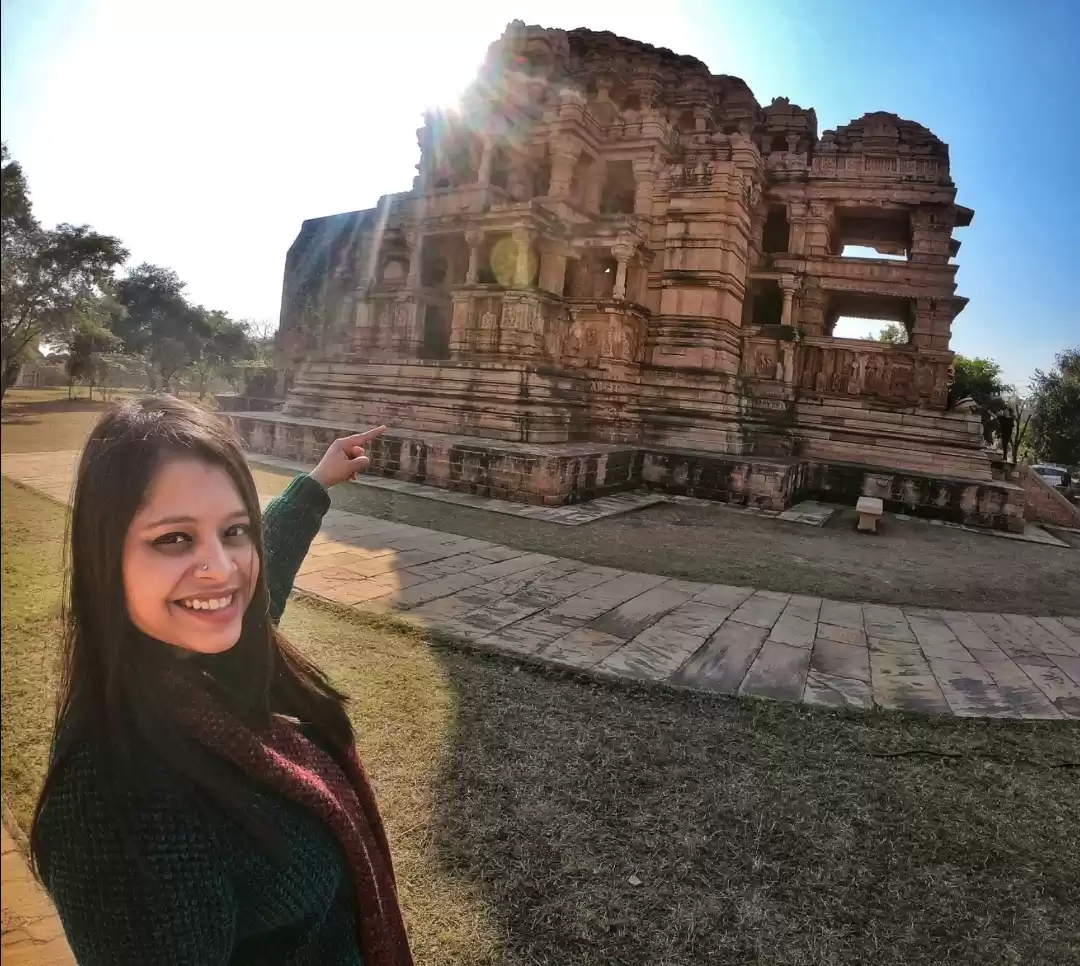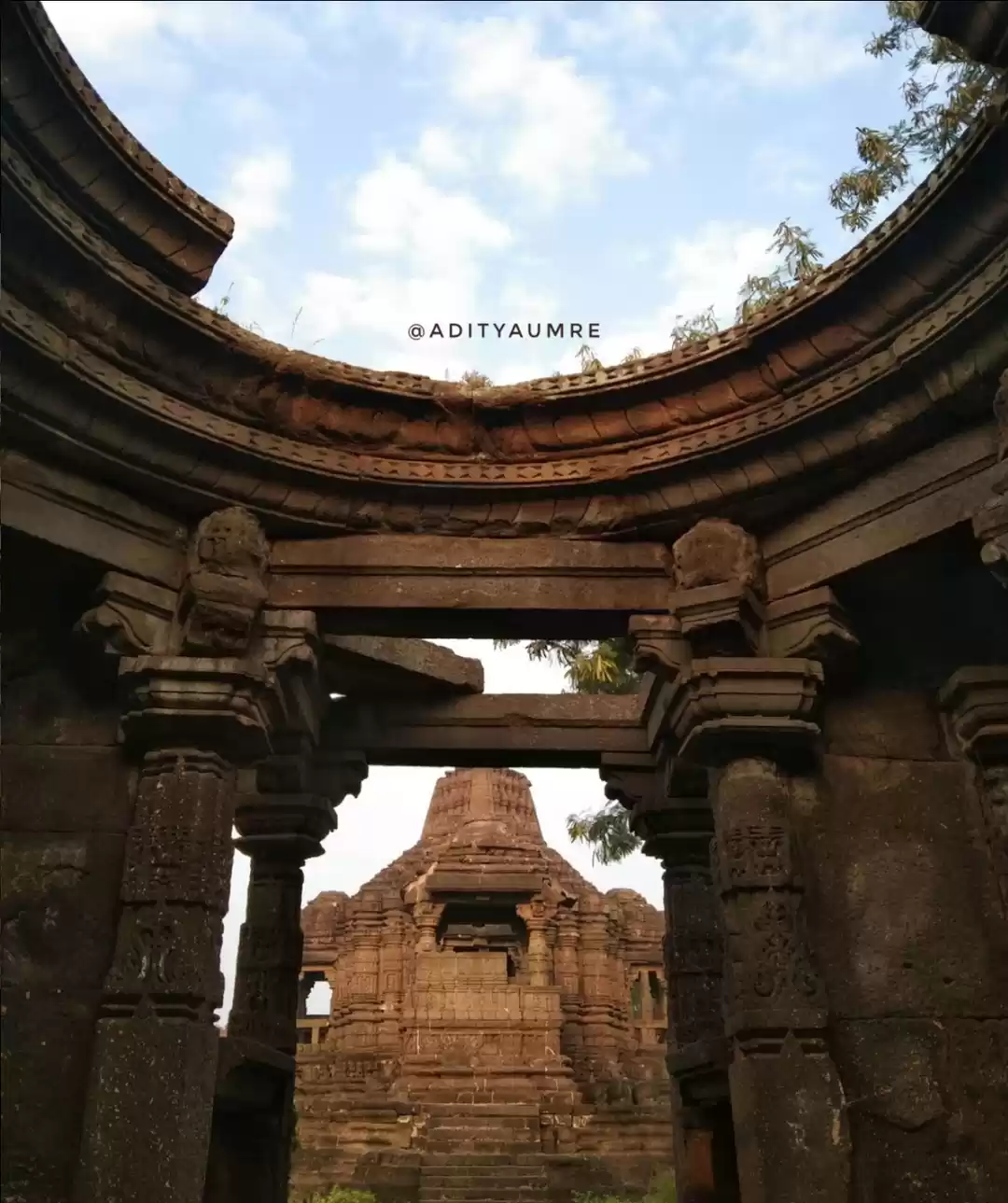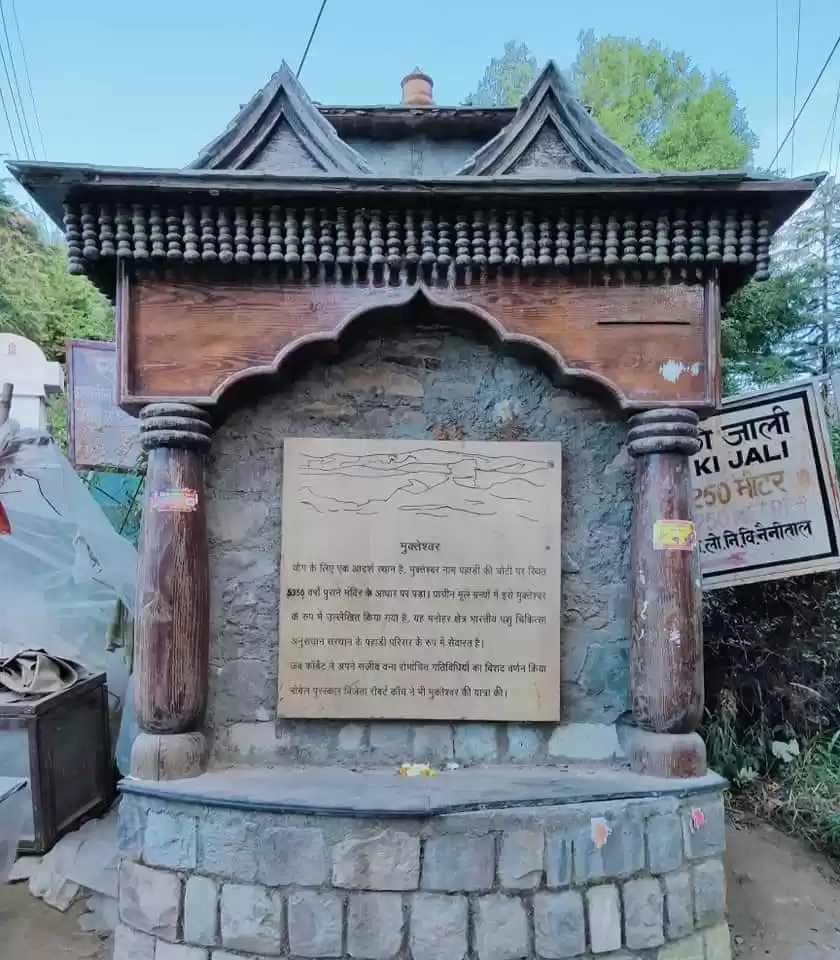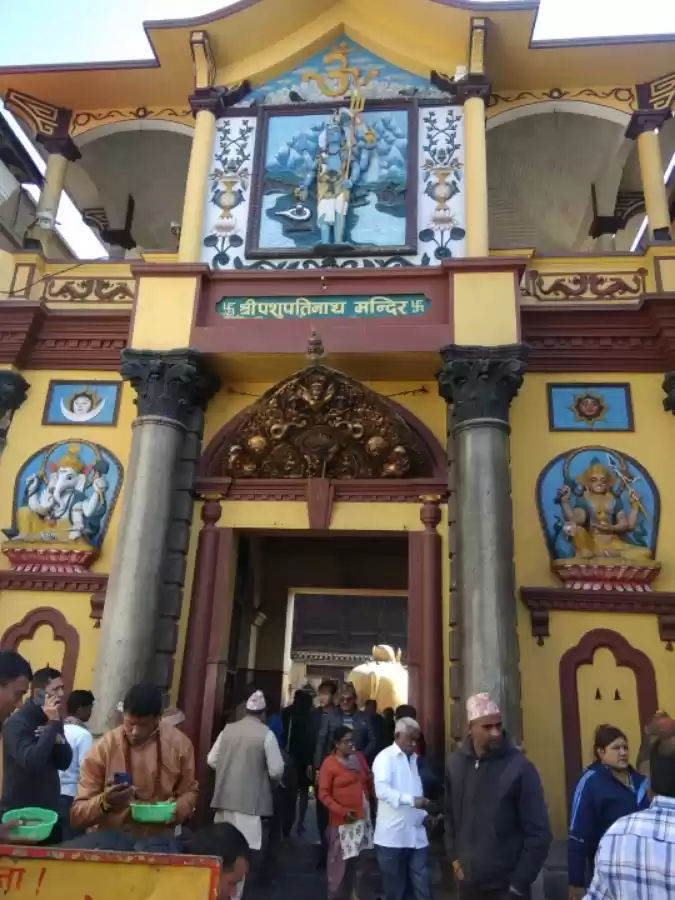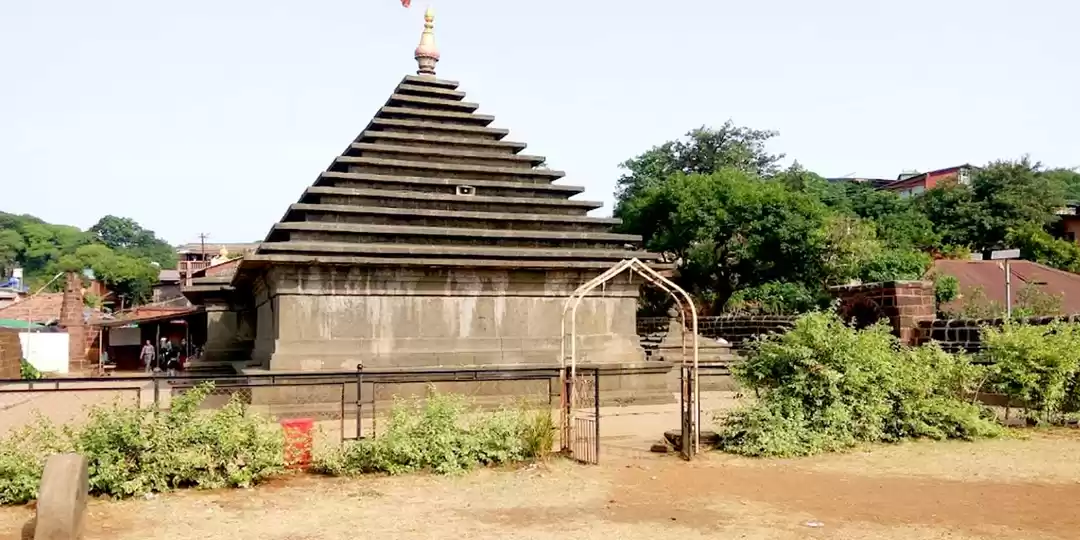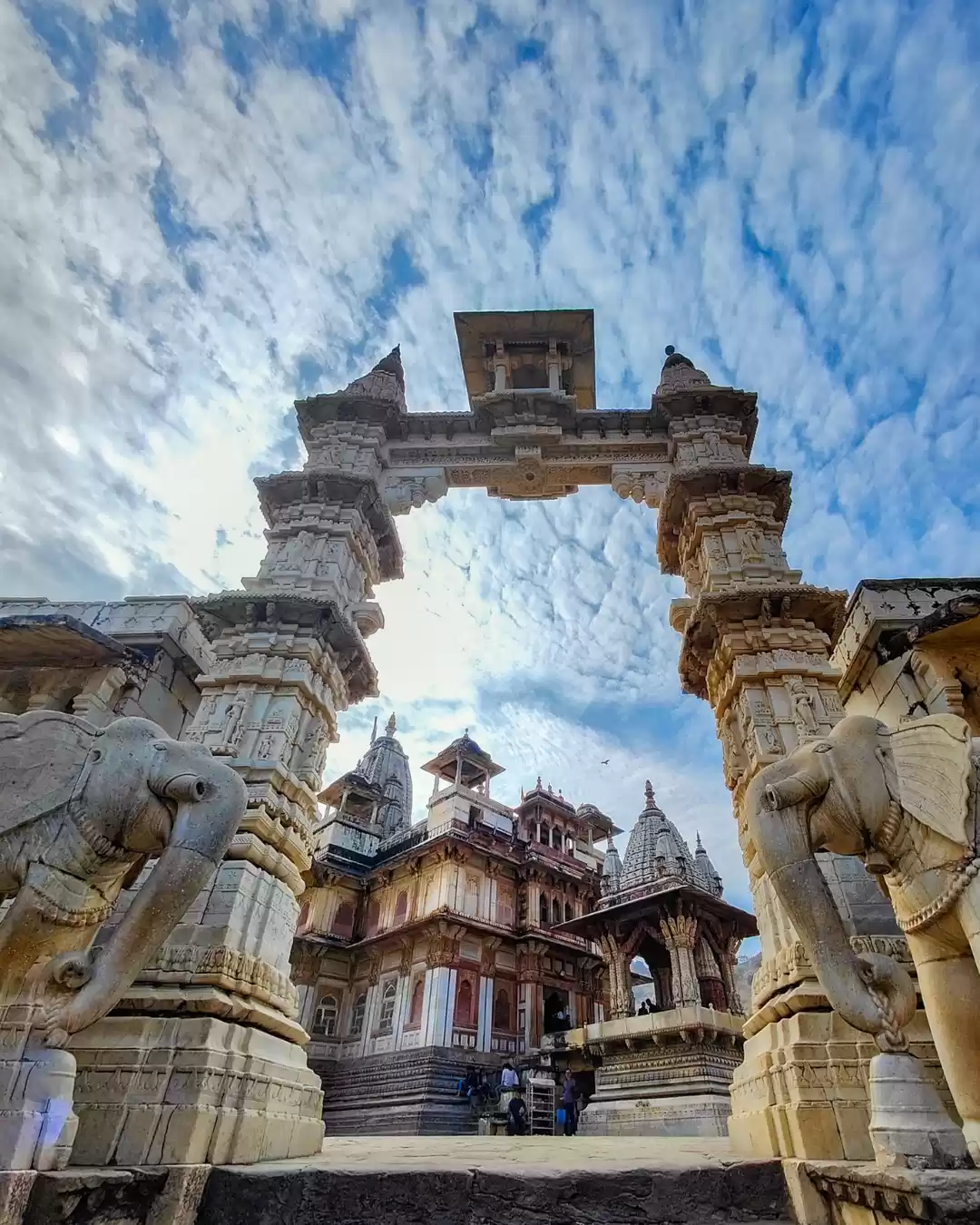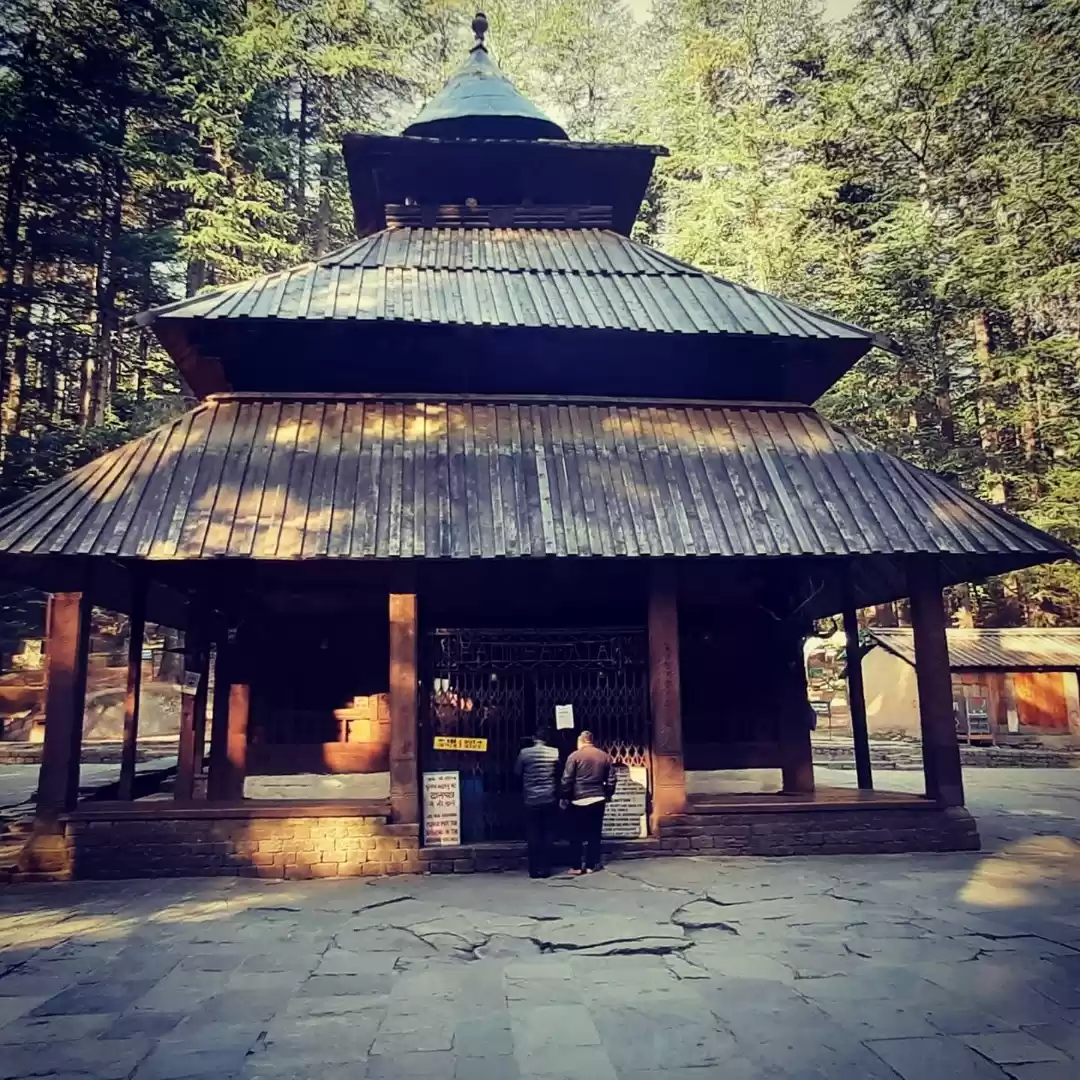Are you looking for a spiritual and cultural destination that will take you back in time and awe you with its magnificence? If yes, then you should visit the Ekambareswarar Temple in Kanchipuram, Tamilnadu, India. This temple is one of the most sacred and ancient Shiva temples in India, and also the largest and oldest in Kanchipuram.
It is one of the Pancha Bhoota Stalams, where Lord Shiva is worshipped as the element of earth, or Prithvi Lingam. It is also the site of a legendary love story between Shiva and Parvati, and a spectacular festival called Panguni Uthiram, when the sun rays fall directly on the Shiva linga.
In this article, you will learn everything you need to know about the Ekambareswarar Temple and its various aspects, such as its history, legend, architecture, features, timings, and festivals. You will also get some useful tips and recommendations on how to plan your trip to Kanchipuram and enjoy the best of this temple town.
History and Legend of the Ekambareswarar Temple
The Ekambareswarar Temple has a rich and fascinating history that spans over two millennia. The temple was originally built by the Pallava kings in the 6th century CE, and later expanded and renovated by the Chola, Vijayanagara, and Nayaka dynasties. The temple has witnessed many historical events and cultural developments, and has been patronized by many kings, saints, and poets.
The temple has also been mentioned in many ancient scriptures and literary works, such as the Tevaram, the Periya Puranam, and the Silappadikaram.
The temple also has a beautiful and romantic legend that explains its name and significance. According to the legend, Goddess Parvati wanted to marry Lord Shiva, but he was not interested in her. So, she decided to perform a severe penance under a mango tree in Kanchipuram, hoping to win his heart. She made a Shiva linga out of sand and worshipped it with devotion. Shiva, impressed by her dedication, decided to test her by sending a flood to wash away the linga. Parvati, however, embraced the linga and protected it from the water. Shiva then appeared before her and accepted her as his consort.
He also blessed the mango tree and the sand linga, and declared that he would be known as Ekambareswarar, or the lord of the mango tree, and the linga would be known as Prithvi Lingam, or the linga of earth.
Architecture and Features of the Ekambareswarar Temple
The Ekambareswarar Temple is a marvel of architecture and art, and showcases the best of the Dravidian style. The temple covers an area of over 23 acres, and has five courtyards, four gopurams (towers), and a thousand-pillared hall. The temple's main attraction is the Raja Gopuram, which is the tallest in South India, measuring 172 feet in height. The gopuram has 11 storeys and is adorned with intricate carvings of gods, goddesses, and mythical creatures. The gopuram also has a huge wooden chariot that is used during festivals.
The temple's sanctum sanctorum houses the Prithvi Lingam, which is the main deity of the temple. The lingam is made of sand and is said to be self-manifested. The lingam is also covered with a golden kavacham (armour) that is removed only once a year, on the day of Panguni Uthiram. The lingam is surrounded by 1008 smaller lingams, which represent the cosmic aspects of Shiva.

The temple also has a unique feature called the ten musical pillars, which are located in the inner courtyard. These pillars are made of granite and produce different musical notes when tapped. The pillars also have carvings of various musical instruments, such as the veena, the flute, and the mridangam. The pillars are said to demonstrate the harmony and diversity of Indian music.
Another remarkable feature of the temple is the ancient mango tree, which is located in the outer courtyard. The tree is believed to be over 3500 years old, and has four branches that bear four different varieties of mangoes. The mangoes are said to have different tastes, such as sweet, sour, bitter, and astringent. The tree also symbolizes the four Vedas, or the sacred scriptures of Hinduism. The tree is revered by the devotees, who seek its blessings for fertility and prosperity.
Timings and Festivals of the Ekambareswarar Temple
The Ekambareswarar Temple is open for visitors from 6:00 AM to 12:30 PM and from 4:00 PM to 8:30 PM every day. The temple also performs daily rituals and ceremonies, such as the abhishekam (bathing of the deity), the aarti (offering of lamps), and the prasadam (offering of food).
The temple also celebrates many festivals throughout the year, such as the Brahmotsavam, golden car festival, and the Panguni Uthiram.

The Brahmotsavam is the grand festival of the temple, which is celebrated for 13 days in the month of Chithirai (April-May). The festival commemorates the marriage of Shiva and Parvati, and involves various processions and rituals. The highlight of the festival is the golden car festival, which is held on the 9th day. On this day, the idols of Shiva and Parvati are placed on a golden chariot and taken around the temple. The chariot is pulled by thousands of devotees, who consider it a great honour and blessing.
The Panguni Uthiram is another important festival of the temple, which is celebrated on the full moon day of the month of Panguni (March-April). On this day, a rare phenomenon occurs, when the sun rays fall directly on the Prithvi Lingam. This is considered to be a divine sight, and attracts thousands of devotees. The devotees also offer prayers and offerings to the lingam, and witness the removal of the golden kavacham.
How to Plan Your Trip to Kanchipuram and the Ekambareswarar Temple
Kanchipuram is one of the oldest and most sacred cities in India, and is also known as the city of thousand temples. The city is located about 75 km from Chennai, the capital of Tamilnadu, and is well-connected by road, rail, and air. The city has a rich and diverse heritage, and is famous for its silk sarees, temples, and culture. The city also has many attractions and activities for visitors, such as:

- Visiting the other Pancha Bhoota Stalams, which are the temples dedicated to Shiva as the other four elements, namely fire, water, air, and space. These temples are the Arunachaleswarar Temple in Thiruvannamalai, the Jambukeswarar Temple in Thiruvanaikaval, the Kalahasteeswarar Templebin Srikalahasti, and the Natarajar Temple in Chidambaram.
- Exploring the other famous temples in Kanchipuram, such as the Kailasanathar Temple, Varadharaja Perumal Temple, Kamakshi Amman Temple, and the Ulagalanda Perumal Temple. These temples are known for their exquisite architecture, sculptures, paintings, and festivals.
- Shopping for the famous Kanchipuram silk sarees, which are hand-woven by skilled artisans using pure silk and gold threads. The sarees are known for their vibrant colours, intricate designs, and rich quality. The sarees are also considered to be auspicious and are worn by women on special occasions, such as weddings and festivals.
- Experiencing the local culture and cuisine of Kanchipuram, which is influenced by the Tamil, Telugu, and Kannada traditions. The city has a vibrant and colourful atmosphere, especially during festivals and celebrations. The city also offers a variety of delicacies, such as the idli, the dosa, the vada, the sambar, the rasam, the pongal, and the payasam.
The best time to visit Kanchipuram and the Ekambareswarar Temple is between October and March, when the weather is pleasant and comfortable. The city also celebrates many festivals and events, such as the Kanchipuram Car Festival, the Garuda Sevai, the Brahmotsavam, and the Navaratri. These festivals showcase the religious and cultural diversity and harmony of the city.
Useful tips and suggestions for Travellers
If you are planning to visit Kanchipuram and the Ekambareswarar Temple, here are some useful tips and recommendations for you:

1. Book your accommodation in advance, as the city gets crowded during peak seasons and festivals. You can choose from a range of options, such as hotels, resorts, guest houses, and homestays. Some of the popular places to stay in Kanchipuram are the Regency Kanchipuram by GRT Hotels, the Pine Tree, the MM Hotels, and the Sri Hari Residency.
2. Hire a local guide or a taxi driver, who can help you navigate the city and the temple complex. You can also use public transport, such as buses, autos, and rickshaws, to get around the city. However, be aware of the traffic and the timings of the transport services.
3. Dress modestly and respectfully, as the city and the temple are conservative and religious. Avoid wearing shorts, skirts, sleeveless tops, or any revealing clothes. Wear comfortable and breathable clothes, such as cotton or linen, and carry a scarf or a shawl to cover your head and shoulders. Wear shoes that are easy to remove and wear, as you will have to take them off before entering the temple.
4. Follow the rules and etiquette of the temple, such as maintaining silence, cleanliness, and decorum. Do not touch or disturb the idols, the priests, or the devotees. Do not take photos or videos inside the temple, unless you have permission. Do not carry any leather items, such as belts, wallets, or bags, inside the temple. Do not consume any alcohol, tobacco, or non-vegetarian food inside or near the temple premises.
5. Enjoy the local food and shopping, but be careful of the quality and hygiene. Try the authentic and delicious dishes of Kanchipuram, such as the Kanchipuram idli, the Kanchipuram dosa, the Kanchipuram pongal, and the Kanchipuram halwa. Shop for the exquisite and elegant Kanchipuram silk sarees, and also check out the other handicrafts, such as the Kanchi pattu, the Kanchi kudai, and the Kanchi dolls. Bargain well and compare the prices before buying anything.
The Ekambareswarar Temple is a must-visit destination for anyone who loves history, culture, and spirituality. The temple is a treasure trove of art, architecture, and legend, and offers a unique and unforgettable experience to the visitors.
The temple is also a symbol of the love and devotion of Shiva and Parvati, and the faith and reverence of the devotees. The temple is a place where you can feel the presence and power of the divine, and also connect with yourself and your inner peace.
So, what are you waiting for? Plan your trip to Kanchipuram and the Ekambareswarar Temple today, and discover the beauty and bliss of this temple town.






